On July 4, 2025, H.R.1, a bill also known as the “One Big Beautiful Bill Act,” was signed into law. This expansive legislation introduces new deductions, alters credits, and codifies tax cuts for some taxpayers. These and other changes in this far-reaching bill will be phased in at different times over the coming years.
So what’s in this bill – and what could it mean for you?
An Overview
Supporters have framed H.R.1 as a measure that simplifies the tax code and reduces burdens on taxpayers; however, the wide-ranging nature of the bill means that its impact will vary, depending on each taxpayer’s individual circumstances.
Provisions in the new law include:
Making 2017 Tax Cuts & Jobs Act (TCJA) tax rates permanent
Raising the standard deduction
Increasing the SALT deduction cap
Adjusting child and dependent tax credits
Making the Qualified Business Income (QBI) deduction permanent
Eliminating several clean energy tax credits
Offering new above-the-line deductions for overtime and tips
Key Impacts for Vermont Clients
Standard Deduction & Tax Rates
H.R.1 makes permanent the higher standard deductions set under the TCJA and increases them again beginning in 2025:
$15,750 for single filers
$23,625 for heads of household
$31,500 for married couples filing jointly
These amounts will be adjusted for inflation going forward. While higher standard deductions may simplify filing for some Vermonters – especially retirees or those with simpler returns – it’s worth noting that other changes in the bill may limit itemized deduction strategies for those with more complex financial profiles.
The law also retains the current lower tax rates for most brackets and adjusts them annually for inflation. These changes are expected to primarily benefit middle-income households, though the overall savings may be modest for some.
SALT Deduction Cap Increase:
A notable adjustment for Vermont residents: the SALT (State and Local Tax) deduction cap will increase from $10,000 to $40,000 in 2025, with inflation adjustments through 2029. This may offer some federal tax relief to homeowners in high-property-tax areas like Chittenden County; however, the cap begins to phase down for taxpayers with income over $500,000, meaning higher-income households may not receive the full benefit of the increased deduction. As their income rises above the $500,000 threshold, the allowable SALT deduction gradually decreases, potentially diminishing the intended tax relief for affluent taxpayers in areas with high state and local taxes.
Child & Dependent Tax Credits:
The child tax credit increases to $2,200 per child, with the refundable portion of $1,400 made permanent and both amounts indexed for inflation. The child and dependent care credit rises to cover up to 50% of qualifying expenses, phasing down for higher-income households. While these updates may offer some support for working Vermont families, the actual benefit will vary based on income and eligibility.
Seniors & Retirees:
The bill introduces a temporary $6,000 senior deduction for taxpayers aged 65+ from 2025 to 2028, with phaseouts beginning at $75,000 of MAGI ($150,000 for joint filers). This may offer some relief for older Vermonters living on fixed incomes.
Small Business & Self-Employed Vermonters:
The QBI deduction (Sec. 199A) will be made permanent at 20%, with expanded eligibility thresholds. This will benefit many self-employed individuals, freelancers, and Vermont’s many small business owners – including farms, service providers, and LLCs.
Additionally, the Form 1099 reporting threshold will rise to $2,000 in a calendar year – up from $600 – reducing the year-end information reporting burden.
Other Provisions Worth Noting:
Above-the-line deductions: up to $25,000 in tips and $12,500 in overtime income (available 2025–2028, phased out at higher incomes).
Car loan interest: up to $10,000/year deductible for personal-use vehicles assembled in the U.S. (2025–2028).
Trump Accounts: new tax-advantaged savings options for children under 18, structured similarly to IRAs.
529 Plans: expanded to include more K-12 and credentialing expenses.
Charitable giving: non-itemizers can deduct up to $1,000 ($2,000 joint); itemizers now face a 0.5% floor on deductions.
Clean energy tax credits: many are being phased out by 2026, which may limit incentives for eco-friendly upgrades.
What You Can Do Today
As always, tax law changes bring both opportunity and complexity – and this bill is no exception. While some provisions may benefit certain households or businesses, others could limit deductions or introduce new challenges in tax planning.
At Angolano & Company, we’re keeping a close watch on how the provisions from H.R.1 unfold, and we’ll continue to share updates and guidance as the full impact of this new law becomes clearer.
Have questions? Contact us to discuss your 2025 tax strategy – we’re here to help you navigate what comes next with clarity and confidence.

